如何練好.太極八法五步 | 運動資訊第一站 - 2024年11月
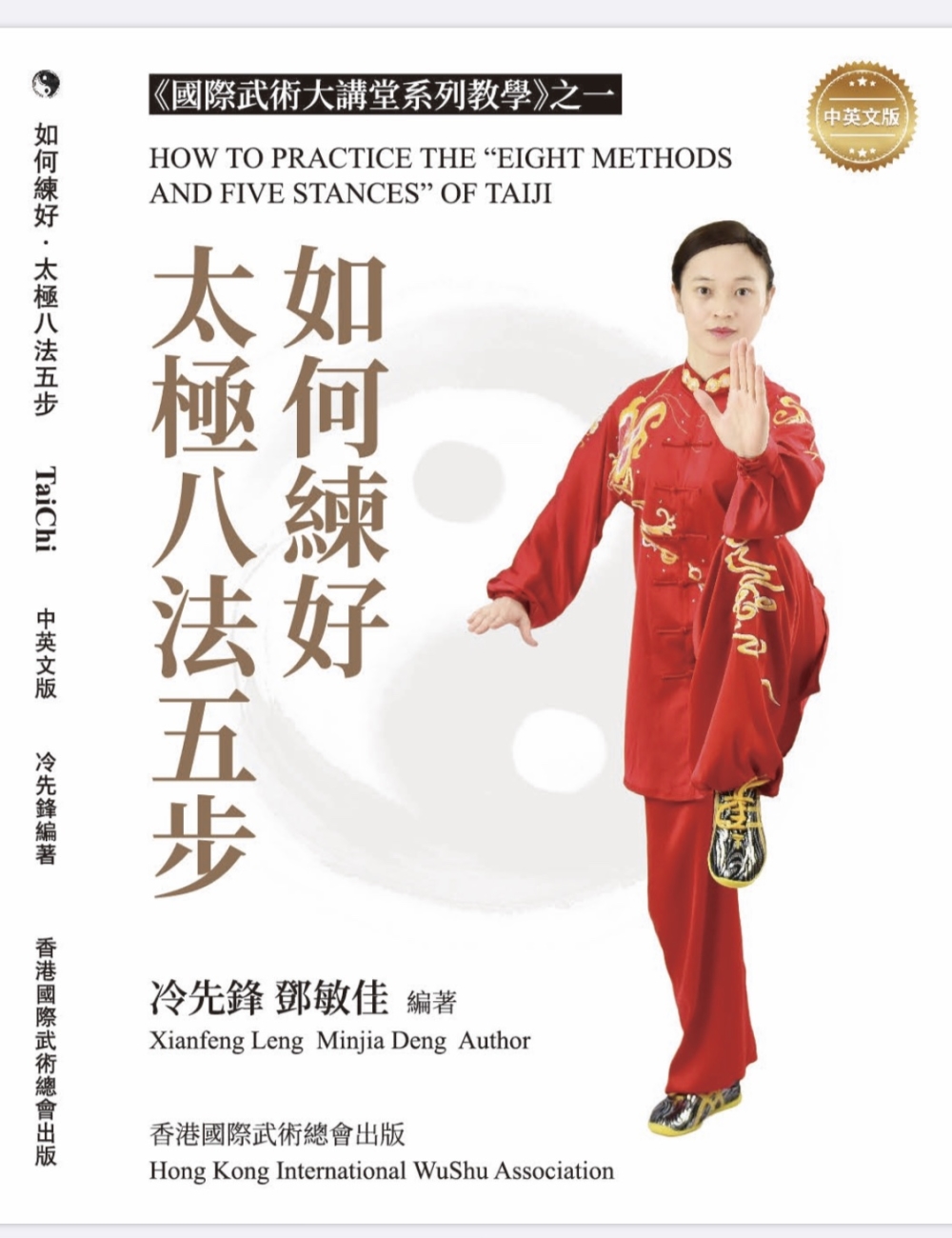
如何練好.太極八法五步
太極(八法五步)是國家體育總局為了更好地宣傳、推廣、普及太極拳運動,弘揚中國優秀傳統文化,本著科學化、規範化、簡易化的原則,由國家體育總局武術運動管理中心組織專家創編的一個簡單易學的太極拳入門套路,是在各式太極拳的基礎上,將太極拳中共性的、核心的“八法五步”技術內容進行了整理規範,即:圍繞著太極拳“擁、捋、擠、按、探、捌、肘、靠”八種勁法,結合“進、退、顧、盼、定”五種步法,以及站樁和行進兩種鍛煉形式進行梳理提煉,從而形成了一套具有文化性、健身性和簡易性的太極拳普及套路。它動作結構簡單,數量合理,內涵豐富,易學易練,是繼二十四式簡化太極拳之後推出的又一個更加簡化、較為理想的太極拳入門套路。
The “Eight Methods and Five Steps” routine is a simple and easy-to-learn introduction to Taijiquan created by experts of the Wushu Sports Management Center of State Sports Administration in order to better publicize, promote and popularize Taijiquan, and promote China's excellent traditional culture. Drawing on all forms of Taijiquan, the core techniques are represented in the "Eight Methods and Five Steps" routine, encompassing the eight methods of "ward-off, rollback, push, press, grab, split, elbow strike and shoulder strike", combined with the five steps of "advancing, retreating, looking left, gazing right and central equilibrium", as well as the two modes of exercise of standing stake and advancing. These have been refined into a popular routine of culture, fitness and simplicity. The movements are simple in structure, moderate in number but rich in meaning, and easy to learn and practice. This is the ideal routine onto which to progress from the 24-form simplified Taijiquan routine.
作者簡介
冷先鋒
江西修水人,香港世界武術大賽發起人,當代太極拳名家、全國武術太極拳冠軍、香港全港公開太極拳錦標賽冠軍、香港優秀人才,現代體育經紀人,自幼習武,師從太極拳發源地中國河南省陳家溝第十代正宗傳人、國家非物質文化遺產傳承人、國際太極拳大師陳世通大師,以及中國國家武術隊總教練、太極王子、世界太極拳冠軍王二平大師。
中國武術段位六段、國家武術套路、散打裁判員、高級教練員,國家武術段位指導員、考評員,擅長陳式、楊式、吳式、武式、孫式太極拳和太極劍、太極推手等。在參加國際、國內大型的武術比賽中獲得金牌三十多枚,其學生弟子也在各項比賽中獲得金牌四百多枚,弟子遍及世界各地。
Master Leng is the promoter of the Hong Kong World Martial Arts Competition a renowned contemporary master of Taijiquan, National Martial Arts Taijiquan Champion, Champion of Hong Kong Taijiquan Open Championship, Outstanding talents in HongKong And Modern sports brokers.Master Leng has been a student of martial arts since childood, he is a l1th generation direct descendant in the lineage of Chenjiagou-the home of taijiquan, and inheritor and transmitter of Intangible National Cultural Heritage. Master Leng is both the student of International Taiji Master Chen Shitong and Taiji Prince, Master Wang Erping, head coach of the Chinese National Wushu Team and World Taijiquan Champion.
Master Leng, level six in the Chinese WushuDuanwei System,is a referee, senior coach and examiner at national level. Master Leng is accomplished in Chen, Yang, Sun, Wu and Wu styles of Taijiquan, Taiji sword and push-hands techniques. Master Leng has participated in a series of intemational and prominent domestic taijiquan, taiji sword and push-hand competitions.Master Leng has won more than 30 championships and gold medals, and his students have won more than 400 gold medals and other awards in various team and individual competitions.Master Leng has followers throughout the world.
(一)起势
(1) Starting form
(二)左掤势
(2) Left ward-off
(三)右捋势
(3) Right rollback
(四)左挤势
(4) Left push
(五)双按势
(5) Double hand press
(六)右採势
(6) Right grab
(七)左挒势
(7) Left split
(八)左肘势
(8) Left elbow strike
(九)右靠势
(9) Right shoulder strike
(十)右掤势
(10) Right ward-off
(十一)左捋势
(11) Left rollback
(十二)右挤势
(12) Right push
(十三)双按势
(13) Double hand press
(十四)左採势
(14) Left grab
(十五)右挒势
(15) Right split
(十六)右肘势
(16) Right elbow strike
(十七)左靠势
(17) Left shoulder strike
(十八)进步左右掤势
(18) Advance left and right ward-off
(十九)退步左右捋势
(19) Withdraw left and right rollback
(二十)左移步左挤势
(20) Left-stepping left push
(二十一)左移步双按势
(21) Left-stepping double hand press
(二十二)右移步右挤势
(22) Right-stepping right push
(二十三)右移步双按势
(23) Right-stepping double hand press
(二十四)退步左右採势
(24) Withdraw left and right grab
(二十五)进步左右挒势
(25) Advance left and right split
(二十六)右移步右肘势
(26) Right-stepping right elbow strike
(二十七)右移步右靠势
(27) Right-stepping right shoulder strike
(二十八)左移步左肘势
(28) Left-stepping left elbow strike
(二十九)左移步左靠势
(29) Left-stepping left shoulder strike
(三十) 中定左右独立势
(30) Central equilibrium standing on one leg both left and right
(三十一)十字手
(31) Cross hands
(三十二)收势
(32) Finishing form
作者序
“太極”之名源於《易經》:“易有太極, 是生兩儀,兩儀生四象,四象生八卦......”。大極拳結合易學的陰陽五行之變化、中醫學的經絡學說以及導引、吐納術,並綜合百家拳術之長而創立的。太極拳“以柔克剛、以靜制動、借力打力、四兩撥千斤”的拳理,在中華武林獨樹一幟。太極拳包含了中國傳統哲學、養生學、醫學武學、美學等眾多學科,不僅是中國功夫之集大成者,更是中國幾千年文化的璀璨明珠,是東方文明的結晶。
對太極拳普及推廣而言,一套簡單易學、通俗易懂、不出偏差、快速入門的練習方法,才能讓更多的學習者掌握太極要領,走進健康太極的大門。基於此,香港國際武術總會主席、中國香港老年人體育協會主席冷先鋒老師結合幾十年的學武經歷,吸取在學習和教學中的各種理論和技術經驗,並聽取中國武術協會主管部門領導、體育院校教授、傳統名家、甚至廣大武術愛好者的寶貴意見,為了弘揚和傳承中華武學,從而創編《國際武術大講堂系列叢書》,而本書《樂齡養生太极拳》是其中最基本最重要的內容,並由陳式太極拳第十一代正宗傳人、太極拳名家冷先鋒老師親身示範、教授、數百幀全彩色圖片詳盡展示技術細節,全程要點、提示指導,對古老的傳統太極理論既完整繼承而又推陳出新,針對太極拳的內涵,抓住太極拳的本質,制定了一整套系統的修煉方法,讓太極拳學習者快速體悟太極拳真諦,達到身心雙修的無我境界!
在本書創編過程之中,適逢國家體育總局等14部委聯合印發《武術立業發展規劃(2019-2025年)》,規劃中提出要堅持傳承、弘揚中華傳統武術文化,講好武術太極文化故事,體現中國武術精神,展示中國武術形象,我們也為之振奮和深感肩負的歷史使命和傳承重任。因此編寫本套系列叢書,也是牢固樹立新發展理念,以弘揚傳統武術文化、滿足群眾武術健身需求為出發點,實現中華優秀傳統文化的創造性轉化和創新性發展。
冷先鋒
2020年4月於香港
Preface
The name "Taiji" has its origin in the "I Ching" (Book of Changes):"Changes produces Taiji. Taiji generates the two polarties (Yin-yang).The two polarties generate the four images (sixiang). The four images generate the eight trigrams (Bagua). "The expansion was believed to continue to infinity (an undefined state). Taijiquan combines yin-yang balance and the variety of the five elements, the meridional theory of Chinese medicine as well as breathing techniques and integrated in many styles of Chinese wushu. Taijiquan "uses softness to conquer strength, uses stillness to control motion" , "exploits power to beat power,uses an ounce to outbalance a ton" , which makes taijiquan unique amongst Chinese martial arts.
Taijiquan apart being a school of wushu, also consist of Chinese traditional philosophy, medicine, nutrition and beauty of forms. It isnot only the quintessence of Chinese Kungfu, but also the crystallization of China's splendid culture over many millennia and a representation of Eastern crystallization.
For the promotion of and to inherit Chinese wushu, a good book is obviously needed. It is necessary to summaries a set of easy-to-understand,easy-to-practice routines for the learners so that they can be guided properly and gradually achieve the skills of taijiquan. Based on this, Hong Kong International Wushu Association and China Hong Kong Eldery Sports Association Mr. Leng Xianfeng President, In combination with decades of experience in learning martial arts, learning from various theoretical and technical experiences in learning and teaching,and also the precious opinions from the Chinese Wushu Association, professors of sports colleges, traditional masters and many martial arts enthusiasts,I have created the "International Wushu Lecture Series". The book " Health-preserving Taijiquan for the Elderly" provides the most basic and important content of the series.
It is demonstrated by the 11th generation direct Descendant in the lineage of Chen Style Taijiquan, the famous taijiquan Master LengXianfeng, illustrated with hundreds of full-colour pictures showing the technical details, with full explanations, so that the ancient tradition of taiji theory is passed on in full:it presents A systematic set of methods focused on the essentials to grasp the essence of taiji Plan, which enables taijiquan students quickly to realize the true meaning of taijiquan and so achieve an improved State of body and mind.This book has been developed in line with the Wushu Industry Development Plan, 2019-2025",jointly issued by the 14 ministries and commissions Including the State Sports General Administration, wherein it is proposed to pass on and develop Chinese martial arts culture, tell the story of martial arts culture,reflect the spirit of Chinese martial arts, and display the image of Chinese martial arts.We are also inspired by and deeply aware of the heavy responsibility of this historic mission, to promote traditional martial arts culture, to meet the needs of the masses for a starting point and foundation in martial arts fitness, and to realize the creative transformation and innovative development of China's excellent traditional culture.
Leng Xianfeng
Hong Kong, April 2020
太极(八法五步)套路 Taiji “Eight Methods and Five Steps” (一)起势 (1) Starting form 动作:自然站立,两臂松垂,左脚向左横开一步,与肩同宽,两臂向前、向上平举,与肩同高,屈膝下按,按至腹前。目视前下方。 Action: Stand naturally, arms loosely at the sides, move left foot one step to the left, shoulder width apart; raise arms forwards and upwards to shoulder level; bend knees while pressing downwards to the front of the abdomen. Look forwards and slightly downwards. 要点:心静体松,立身中正。 Key Points: Mind quiet, body relaxed and stand upright. (二)左掤势 (2) Left ward-off 动作:身体右转,右手向上划弧至右胸前,掌心向下,左手收至腹前,掌心向上,左臂向前掤出,与肩同高,右手下按至右胯旁, 目视前方。 Action: Turn body right; raise right hand in an arc to the right of the chest, palm down; bring left hand to the front of the abdomen, palm up; turn body left, lift left arm forwards and outwards up to shoulder level, press right hand down to the right hip; look forwards. 要点:掤势力点在手臂外侧,下按手与掤手形成对拉劲。 Key Points: The ward-off force point is on the outside of the arm; the hand pressing down and the arm warding-off are in tension with each other. (三)右捋势 (3) Right rollback 动作:身体微左转,两臂向前伸展,左掌心向下,右掌心向上,身体右转,两臂向右、向下捋带,目视右手方向。 Action: Turn body slightly left; extend arms forward, left palm down, right palm up; turn body right, draw both arms to the right and downwards; look in the direction of the right hand. 要点: 捋势意在两掌。注意以腰带臂。 Key Points: The rollback force is expressed in the two palms. Note the waist leads the arms.
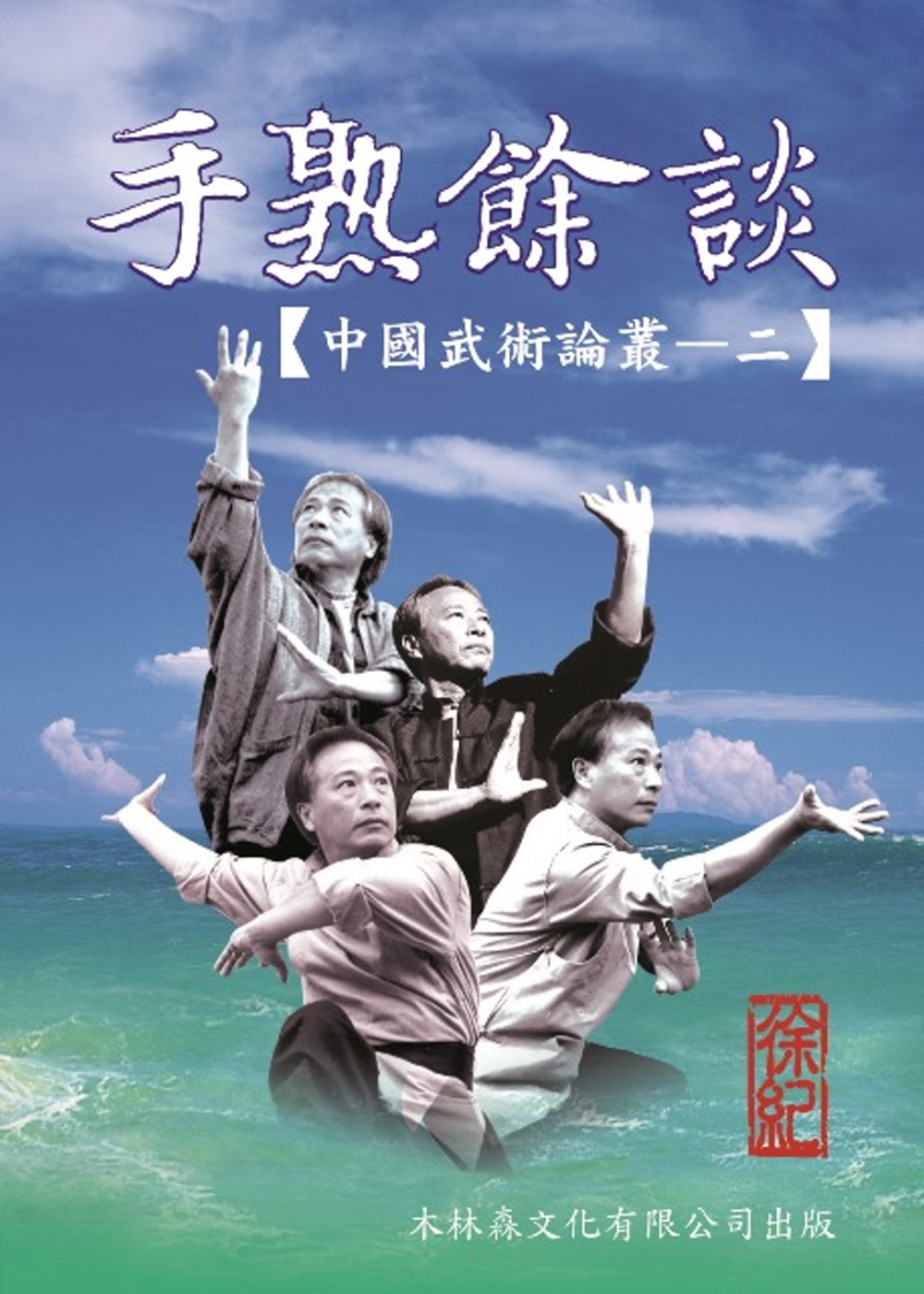 手熟餘談:中國武術論叢二集
手熟餘談:中國武術論叢二集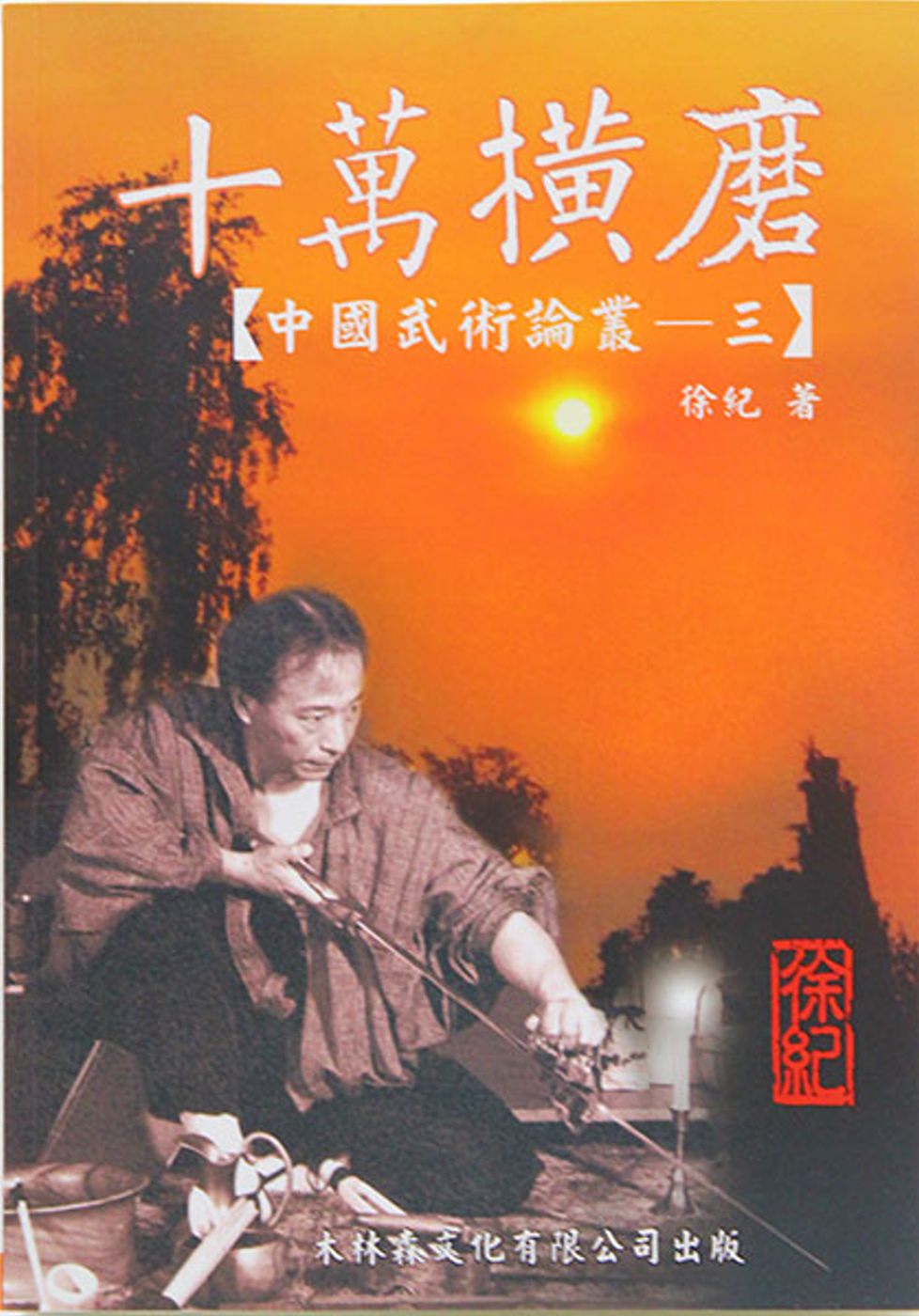 十萬橫磨:中國武術論叢三
十萬橫磨:中國武術論叢三 中國古代武術與氣功
中國古代武術與氣功 醫武整脊療法
醫武整脊療法 楊禹廷太極拳詮真
楊禹廷太極拳詮真 中國尋寶記
中國尋寶記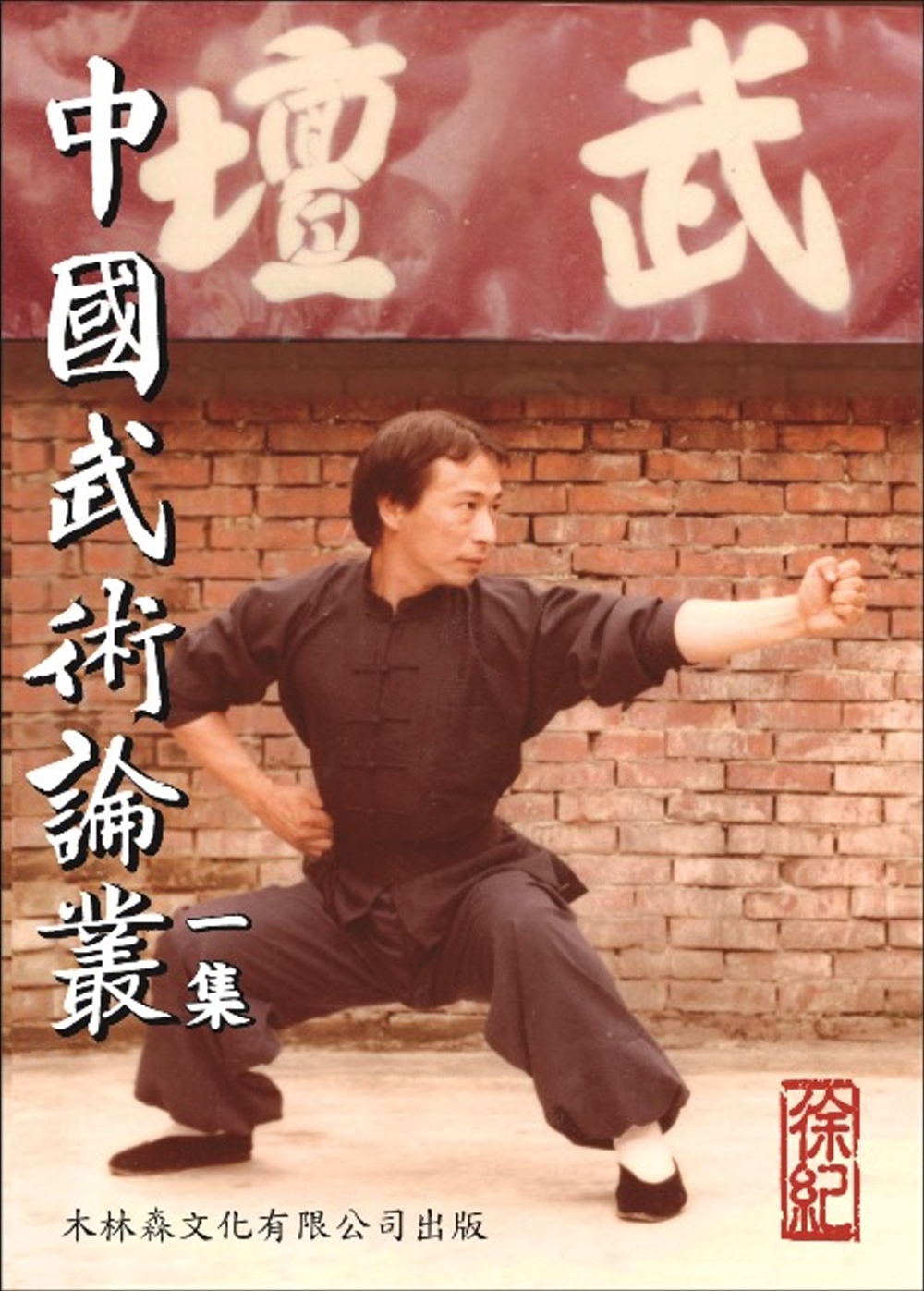 中國武術論叢一集
中國武術論叢一集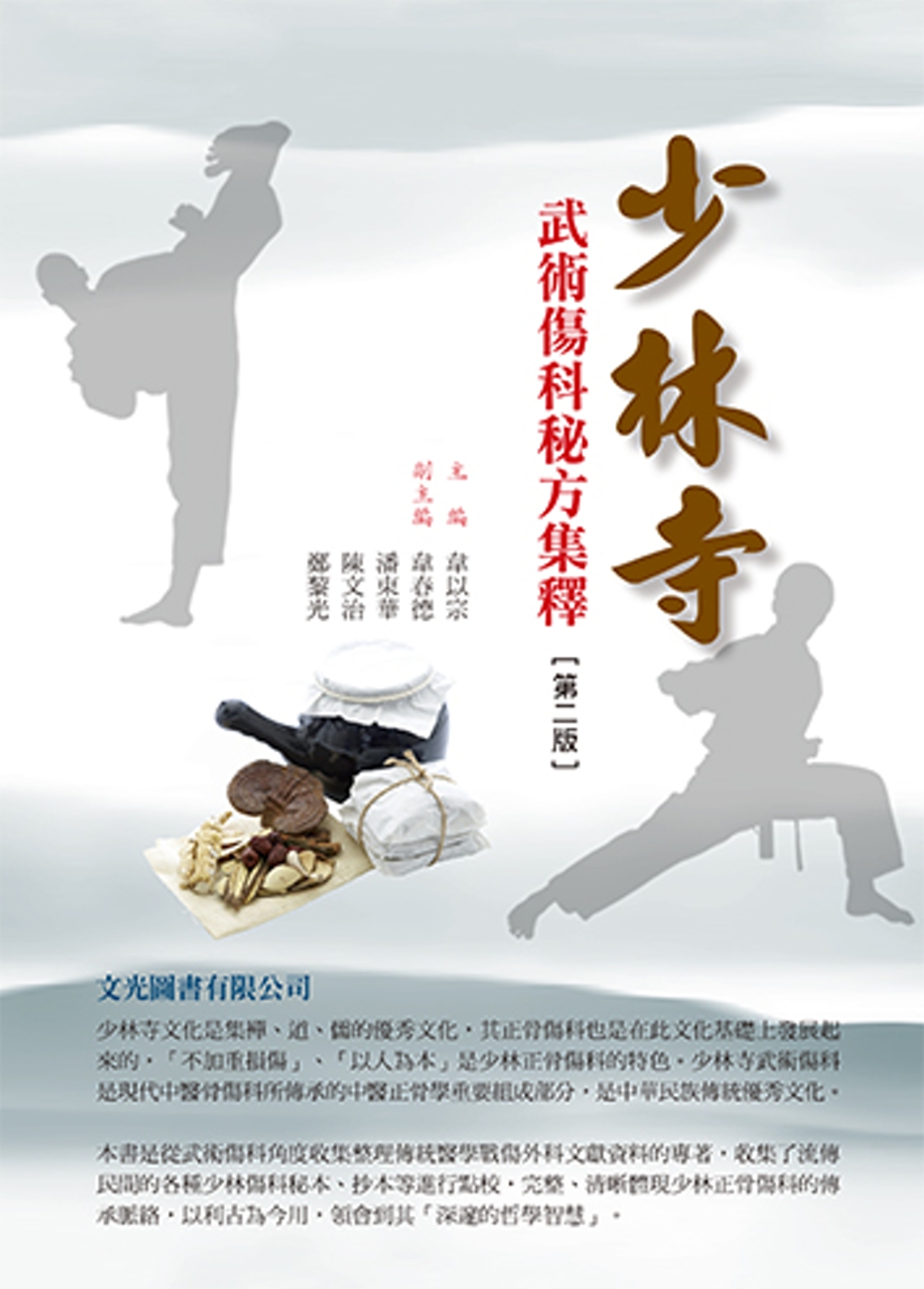 少林寺武術傷科秘方集釋(第二版)
少林寺武術傷科秘方集釋(第二版)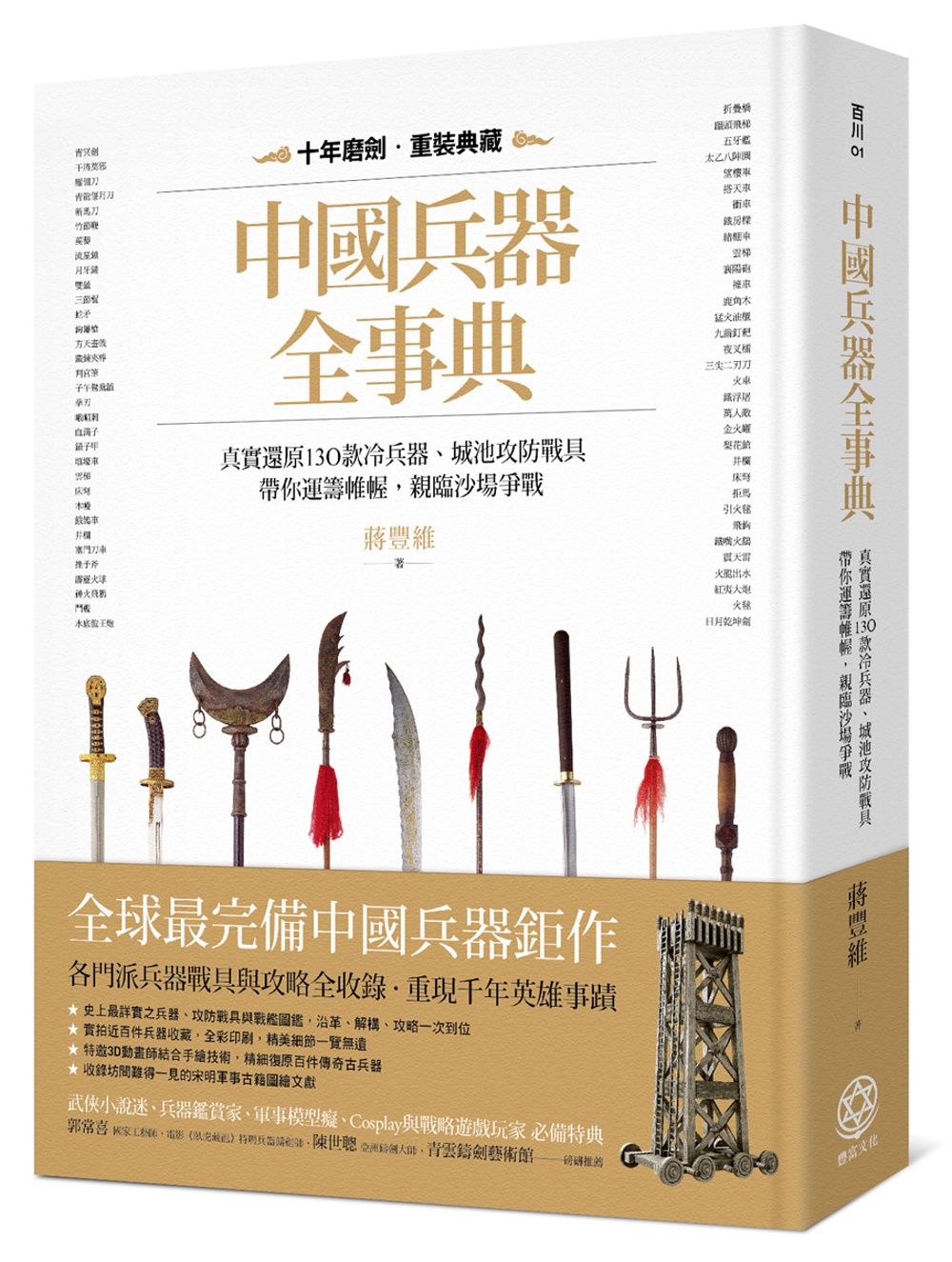 中國兵器全事典:真實還原130款冷...
中國兵器全事典:真實還原130款冷... 八極拳
八極拳